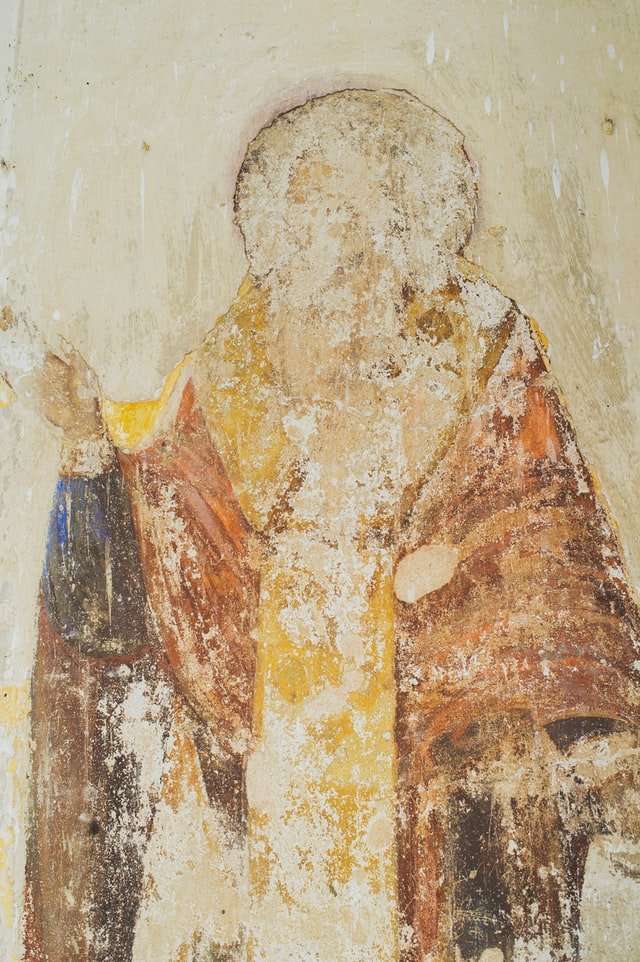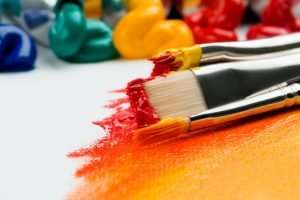When you’re shopping for folk art, always ask the price before looking at the piece. I can’t stress this enough. It’s a bad idea to get emotionally attached to something you like until you know exactly how much it costs.
There are many reasons for this. First and foremost, many sellers have inflated ideas about what their work is worth. But it’s also possible to fall in love with something so much that if you find out it’s too expensive, you’ll end up not buying it anyway. And you don’t want to be in that position.
And if something seems too cheap, there could be a reason for that as well. A piece of jewelry with a jade pendant may seem like a great deal because the stone is so big and bright and the pendant is so delicate, but if the jade is fake, then you’ve just bought nothing but costume jewelry. But if you weren’t allowed to touch it before buying it, how would you know?
So when shopping for art and custom taxidermy, always ask to see the price first and let your artist know ahead of time what your price range is. If they won’t show you an asking price or won’t tell you your limit before showing you the piece, keep
Art is one of the most exciting and diverse collectibles out there, and with a little know-how, you can find and buy some great pieces for your home. Most people are not prepared for the amount of work that goes into creating their own piece of art, but it’s a lot easier than you might think!
The biggest challenge for most collectors is narrowing down their options. What kind of art are you drawn to? What will perfectly fit in your space? How much do you want to spend?
If you’re just getting started collecting art, it’s best to start off with something small, like a painting or a wood carving. These are both high-quality custom pieces that have wide appeal. If you’re looking for something more unique, try taxidermy! A custom work of art is guaranteed to turn heads!
If you’re not an experienced collector, it can be difficult to determine the value of a piece of art. Whether you’re buying art for your own collection or selecting a piece to give as a gift, it’s a good idea to be familiar with the process of determining value.
This guide will walk you through the basics of evaluating art for purchase, with an eye towards helping you come up with an offer to make in order to buy the art.
I’ve collected art and antiques since I was a teenager in the 60’s. My first purchase was an antique sewing machine cabinet that I purchased at a yard sale for $35.00. It’s still my most prized possession. The business aspect of buying art or antiques is so detailed and complicated that I had to design a website to make it easier for me to see what I owned and what I needed. The website has been online for about 5 years now and has been visited by thousands of collectors, dealers and appraisers.
The website is designed to help anyone who is thinking about making a purchase from a collector or dealer, or even from another artist who is selling directly to the public via their own site. In addition it will help appraisers who are being asked to provide an opinion of the value of an individual piece of art or an antique item which has been brought in for appraisal. Art and antiques can be very expensive and mistakes can be costly. Be sure you know what you are buying! Check out the website at www.readyartandantiques.com
!!! Research your topic !!!
The most popular artist at the Armory Show, the annual art fair that begins its three-day run on Wednesday at Piers 92 and 94 in Manhattan, is probably a 75-year-old Chinese farmer.
“I am raising pigs,” said Zhuang Huan Yu, who goes by Mr. Zhuang, as he stood in front of his bright blue sculpture of a pig, one of 17 he will be showing at the fair. “And now I am raising pigs in art. Art is more difficult than raising pigs.”
What makes it difficult? “Making money,” he said. “Making money is very difficult.”
Folk art is a term used to describe work made outside of the mainstream art world. Contemporary artists working in traditional or vernacular styles, often created by untrained makers, fall into this category. Folk art is distinct from fine art as it is characterized by simplicity of design and purpose.
Folk art is often viewed as lacking the rigor of fine art training, making it accessible to a wider audience. Folk artists are typically self-taught and their work can be viewed as an extension of their everyday lives and cultural practices.
True folk artists are not always recognized as such by the general public or even other artists – many folk artists do not consider themselves fine artists and instead identify with their communities.
The line between folk art and fine art can be quite blurry; indeed, some artists may create work that is both fine art and folk art. While folk art has traditionally been an amateur pursuit, today there are many professional folk artists whose work receives attention in galleries, museums and auctions.
Art supplies are an important part of my life. I love to draw and paint, and I’ve always been very creative in other ways as well. I like to think that I’m pretty good at it, too. I have a portfolio full of samples of my art, which I can show you if you’d like to see them.
Thing is, it’s not easy for me to get the supplies that I need. There isn’t a big arts-and-crafts store anywhere close by, so most of the things that I want aren’t available except online. And given how much use they get, it’s worth spending whatever it takes to get good ones!
In this blog, I’ll be talking about my experiences trying to find quality art supplies at affordable prices. In addition to reviewing specific products, I’ll also try to provide tips and information on related issues such as finding the best place to buy something and taking care of your art materials once you get them home.


